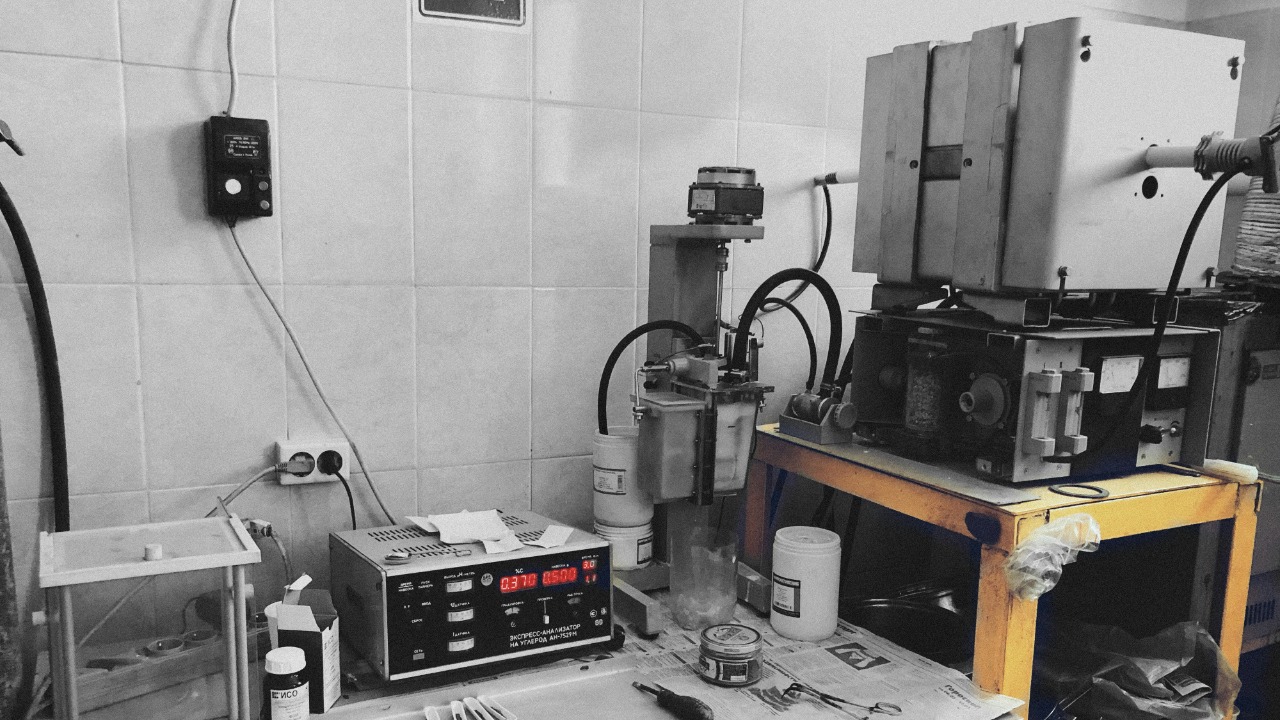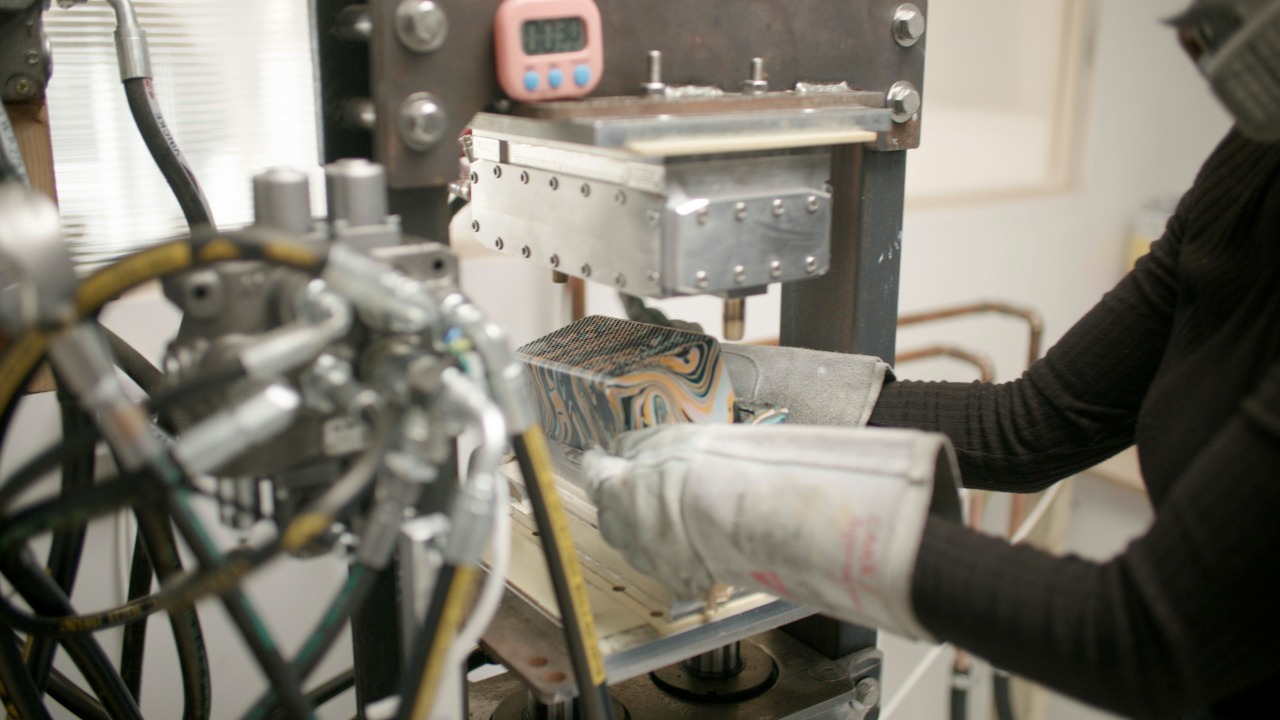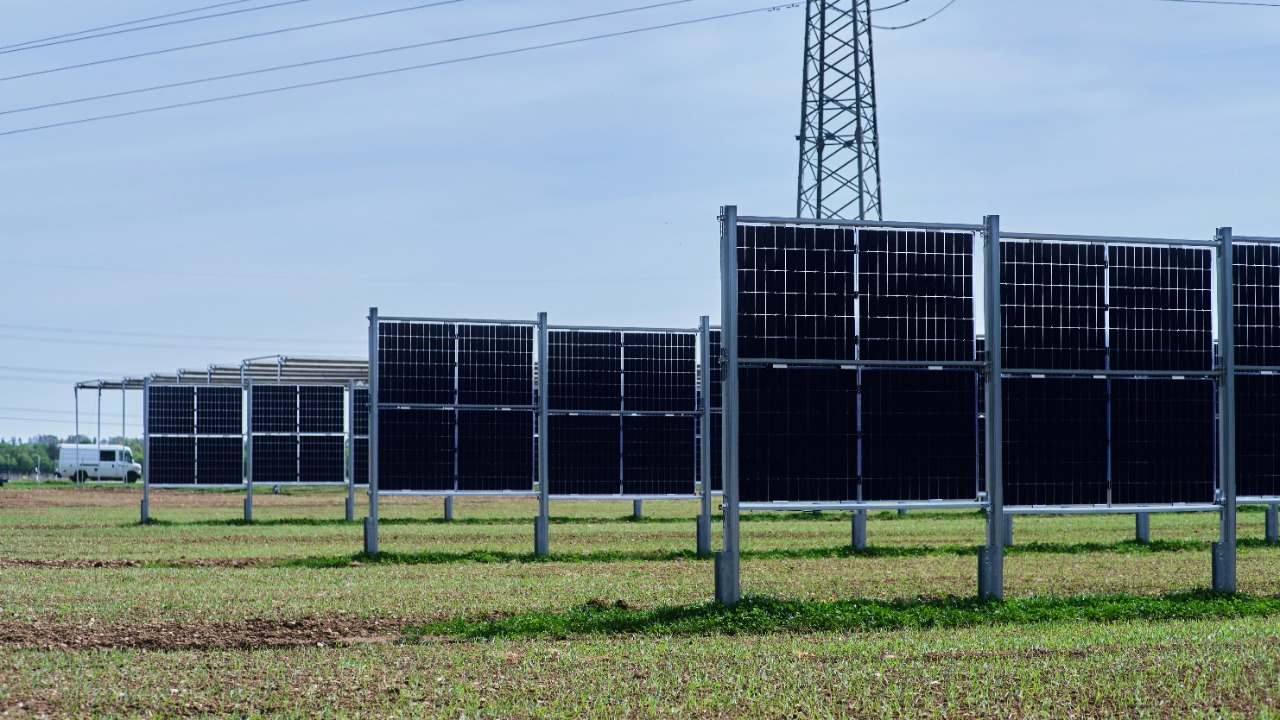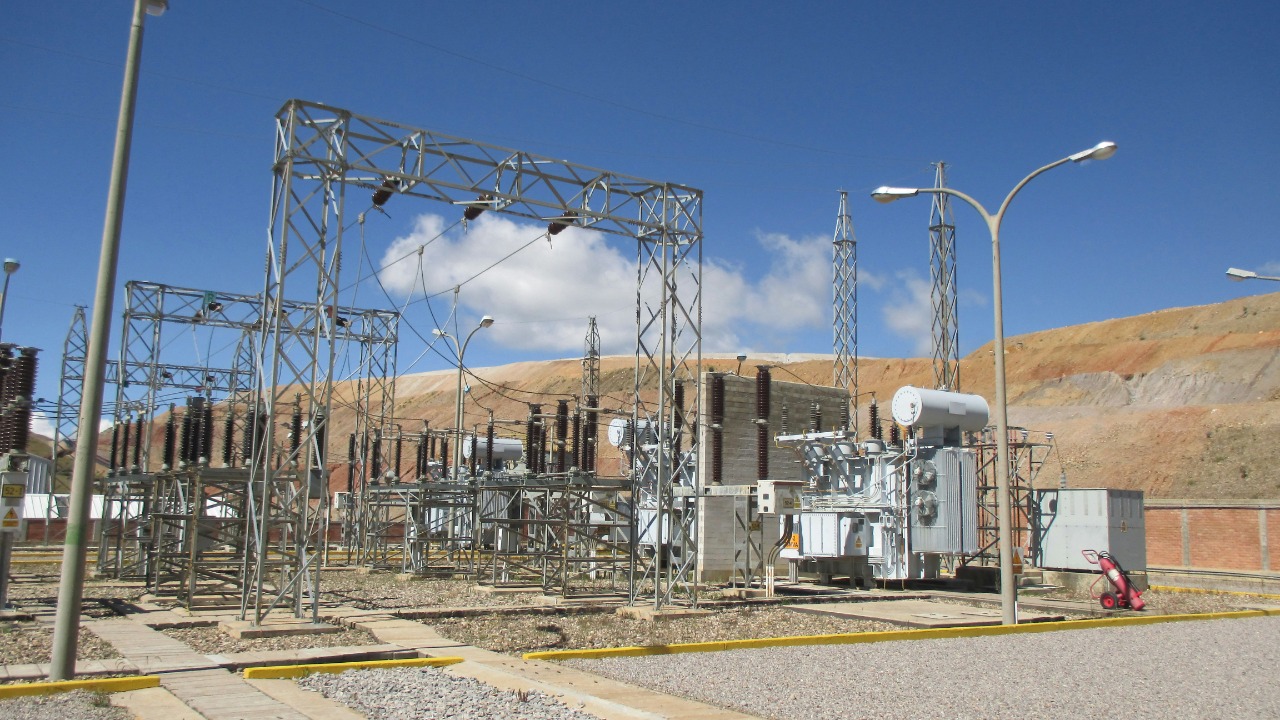
Scientists at MIT have developed a groundbreaking concrete “battery” that now boasts 10 times the power of its predecessors, marking a significant leap in energy storage technology integrated into building materials. This self-healing concrete battery is not only more powerful but also holds the potential to revolutionize how cities are powered, according to researchers. The innovation positions the concrete battery as a viable solution for powering homes and enhancing sustainable infrastructure.
The Origins of Concrete Batteries at MIT

The initial development of the concrete “battery” by researchers at MIT focused on integrating energy storage capabilities directly into structural concrete. This innovative approach builds on earlier prototypes, with MIT pioneering the use of carbon-based electrodes within cement mixtures. The integration of these electrodes allows the concrete to store and release energy, transforming traditional building materials into functional energy storage systems. The self-healing properties introduced in the design further enhance the material’s durability, enabling it to autonomously repair cracks and extend its lifespan. This advancement is a testament to MIT’s role in pushing the boundaries of material science and energy storage technology (MIT News).
The concept of embedding energy storage within concrete structures is not entirely new, but MIT’s approach is unique in its use of carbon-based electrodes. This innovation stems from a broader trend in material science to create multifunctional materials that can serve dual purposes. The development process involved extensive experimentation with different electrode materials and configurations to maximize energy storage without compromising the structural integrity of the concrete. Researchers at MIT have drawn inspiration from the natural world, particularly the way certain biological systems store and release energy, to refine their designs. This biomimetic approach has been crucial in overcoming initial challenges related to the integration of energy storage capabilities into a traditionally non-conductive material like concrete (MIT News).
Key Improvements in Performance

The latest iteration of the concrete battery packs 10 times the power compared to previous versions, a feat achieved through optimized electrode formulations. This enhancement significantly boosts the overall energy density and efficiency of the batteries, making them 10 times better in terms of performance. The increased capacity for residential-scale energy storage means that these concrete batteries could feasibly power homes, offering a sustainable alternative to conventional energy storage solutions. The improvements in energy density and efficiency are crucial for the practical deployment of this technology in real-world applications (Live Science).
In addition to the enhanced energy density, the concrete batteries have shown improved charge and discharge cycles, which are critical for their longevity and reliability. The research team focused on optimizing the microstructure of the concrete to facilitate better ion transport, which is essential for efficient energy storage and retrieval. This optimization has led to a significant reduction in energy loss during these cycles, making the batteries more efficient. Furthermore, the self-healing properties of the concrete ensure that minor damages do not affect the battery’s performance, thus maintaining its efficiency over time. These advancements make the technology not only more powerful but also more practical for everyday use (Live Science).
Applications for Homes and Infrastructure

The potential applications of the concrete battery extend beyond individual homes to broader infrastructure projects. By integrating these batteries into building foundations or roads, they can serve as decentralized energy storage systems, storing energy generated from renewable sources like solar or wind. In urban settings, self-healing concrete batteries could be embedded in sidewalks or bridges, providing a robust and sustainable solution for storing renewable energy. The scalability of this technology, from home-level use to larger infrastructure projects, is facilitated by the 10 times power increase, making it a practical option for widespread adoption (The Independent).
Beyond energy storage, the integration of concrete batteries into infrastructure could lead to smarter cities. These batteries can be connected to smart grids, allowing for real-time energy management and distribution. This capability is particularly beneficial in urban areas where energy demand fluctuates significantly throughout the day. By storing excess energy during low-demand periods and releasing it during peak times, concrete batteries can help stabilize the grid and reduce the need for additional power plants. Additionally, their use in roads and bridges could lead to the development of self-powered infrastructure that can support various smart city applications, such as traffic management systems and public lighting (The Independent).
Vision for Powering Cities

Scientists project that self-healing concrete batteries could one day power entire cities through widespread adoption in construction. By utilizing abundant concrete materials, these batteries offer an environmentally friendly alternative to traditional energy storage solutions, potentially reducing reliance on conventional batteries. The environmental benefits are significant, as the use of concrete batteries could contribute to a more sustainable energy grid. However, challenges remain in scaling the technology from MIT’s lab results to full urban implementation. The now 10 times better performance metrics provide a promising foundation for overcoming these challenges and realizing the vision of city-wide energy storage (Live Science).
The potential for concrete batteries to transform urban energy landscapes is immense. By embedding these batteries into the very fabric of city infrastructure, cities could achieve a level of energy independence that is currently unattainable with conventional technologies. This vision aligns with global efforts to transition to renewable energy sources and reduce carbon footprints. The scalability of concrete batteries means they could be deployed in various urban settings, from residential buildings to large-scale public works, providing a consistent and reliable energy supply. However, the transition to such a system would require significant investment in research and development to address the technical and economic challenges associated with large-scale implementation (Live Science).